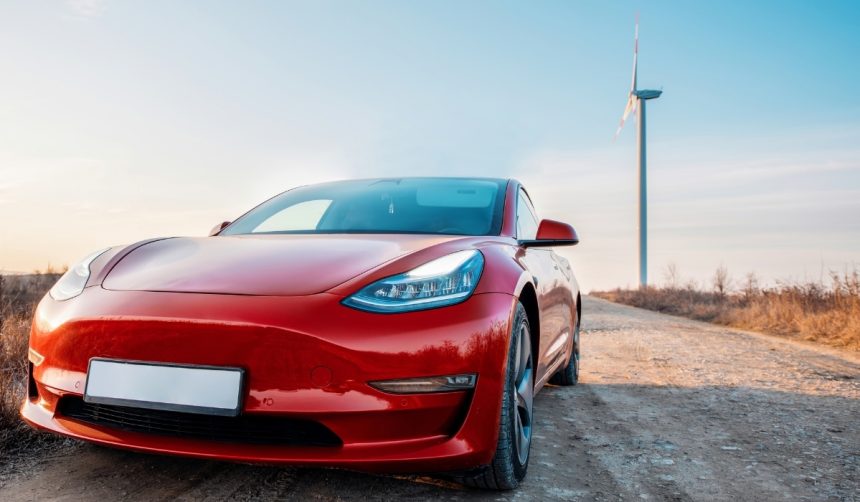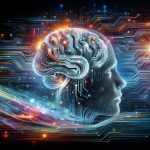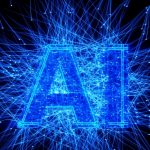Tesla CEO Elon Musk has once again set a bold timeline for the company’s autonomous vehicle technology, despite acknowledging his past overly optimistic predictions. In a recent earnings call, Musk suggested that Tesla’s Full Self-Driving (FSD) vehicles might be on the road by the end of this year. He expressed strong confidence in achieving this by next year. These statements come amidst dwindling profits and increasing competition in the electric vehicle (EV) market, creating a critical period for Tesla’s innovation and growth strategies.
Recurring Delays
Earlier predictions from Musk indicated that Tesla would achieve full autonomy within two years, with a target for 1 million robotaxis by 2020. This timeline has seen continuous delays, with the most recent being the postponement of a robotaxi event now rescheduled for October. Tesla’s focus on integrating artificial intelligence (AI) into its future product lineup, particularly robotaxis, has been a key talking point for Musk, emphasizing autonomy as the company’s main differentiator.
Financial Struggles and Competition
Tesla reported a significant drop in net income, with a 45% decline to $1.5 billion in the second quarter, partly due to rising AI project expenses and restructuring costs. Revenue, however, saw a slight increase, driven by the energy storage business doubling its sales to $3 billion. Additionally, the company faces growing competition from global EV manufacturers like BYD, leading to strategic price cuts in several Tesla models to maintain market share.
Dojo Supercomputer’s Role
Musk also emphasized the importance of Tesla’s Dojo supercomputer in advancing their FSD software. Initially deemed a “long shot,” the project has gained priority due to the scarcity of Nvidia GPUs necessary for AI model training. Tesla aims to make Dojo competitive with Nvidia’s offerings, underscoring its significance in reaching the company’s autonomous vehicle goals.
Comparing recent developments with past statements reveals a consistent trend of ambitious timelines and delayed goals. Previous claims about autonomous Teslas and robotaxi fleets have not materialized as projected. Despite repeated postponements, Musk’s unwavering optimism continues to drive Tesla’s forward-looking strategies. This pattern highlights the unpredictability and challenges of developing advanced AI-driven technologies.
Tesla’s struggle to meet its ambitious deadlines contrasts with its competitors’ steady advancements in the EV market. Rivals have capitalized on Tesla’s delays, introducing competitive models that have narrowed the technological gap. Tesla’s price reductions indicate an acknowledgment of this competition, aiming to retain its market position amidst increasing consumer choices.
As Tesla navigates these challenges, the company’s future hangs on the successful implementation of Musk’s ambitious proposals. Investors are looking for tangible results, especially with the heightened focus on AI and autonomous driving technologies. Continued innovation in these areas is essential for Tesla to maintain its technological edge and market leadership. Ensuring the effectiveness of the Dojo supercomputer and meeting the new timelines for FSD vehicles will be crucial factors in Tesla’s trajectory.










